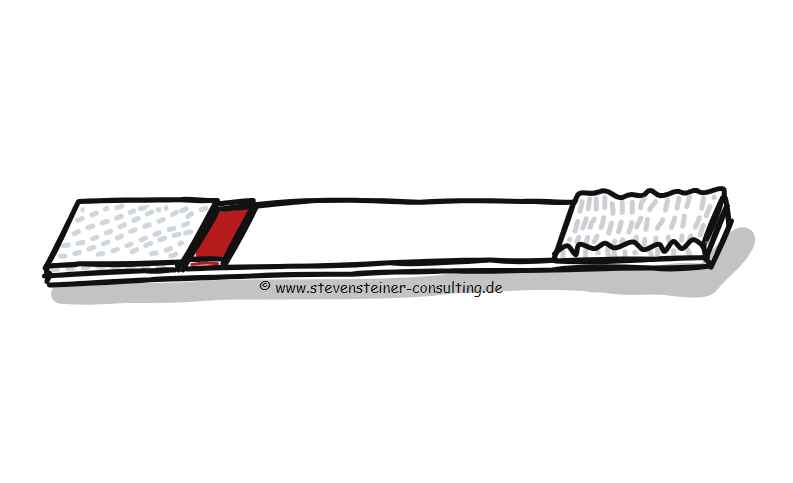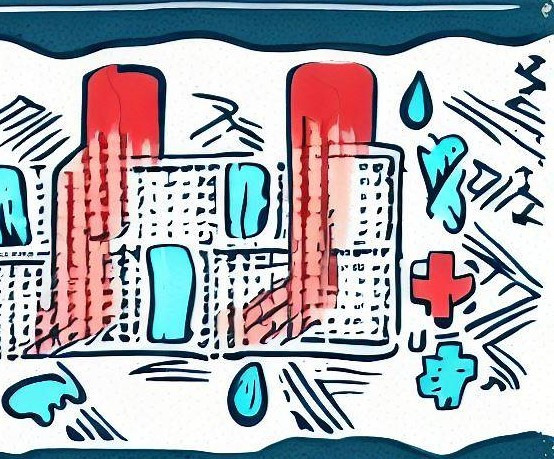Bringing ideas and partners together
Are you struggling to Navigate the Complex World of Lateral Flow Tests?
Meet Your Guide to Diagnostic Success: Dr. Steven Steiner. Navigating the complex world of diagnostics can be overwhelming, but you don't have to go it alone. With a PhD in Analytical Chemistry and specialized expertise in Protein Chemistry, Nano- and Microparticles, and Lateral Flow Tests, I've dedicated my career to mastering the intricacies of diagnostic test development. My mission? To provide you with tailored solutions and strategic guidance that turn your challenges into triumphs. Together, we'll pave your path to industry success.
Unlock the power of strategic discussions to drive informed decision-making.
I offer
- comprehensive assessments,
- analysis,
- and strategic recommendations
to optimize your idea, product or manufacturing process to achieve your business objectives.
Gain valuable insights to custom development and contract manufacturing.
I provide
-
in-depth expertise,
-
issue identification,
-
and actionable recommendations
to help you make evidence-based decisions and improve your business outcomes.
I can be your "translator" when it comes to discussions with your material-, development service- or manufacturing service provider
Forge collaborative partnerships for your business success.
I work closely with reknowned service providers
- to enable expert guidance,
-
and support you throughout the diagnostic development and manufacturing process.
- Together, we can achieve optimal outcomes and drive innovation.
I can make the connection to the right suppliers and potential partners for you.
As your sparring partner, I provide strategic navigation for your diagnostic endeavors.
Together
- we explore diverse perspectives,
- challenge assumptions,
- and chart innovative paths.
Let's collaborate to steer your diagnostic initiatives towards optimal outcomes.
About me
Analytical Chemist | Diagnostic Product Development | Project Management
As a freelance consultant specializing in diagnostics, I bring a wealth of expertise and experience to drive success in the industry. With a strong background in Analytical Chemistry (PhD), Protein Chemistry, Nano- and Microparticles and Lateral Flow Tests, I have honed my skills in development and manufacturing of diagnostic test.
Over the years, I have built a solid reputation for delivering tailored solutions and strategic guidance to customers.
Education | Experience
-
10+ years of experience in developing and manufacturing diagnostic products and components.
-
Analytical Chemist by education with a strong background in
nanoparticle synthesis, surface coating, and luminescence assays.
-
Latest role: Director of Contract Manufacturing Diagnostic Raw Materials at a SME.
Coordinated complex projects with international partners.
Led cross-functional teams in R&D, Product Development, and Production.
Expertise
- Project management.
- Stakeholder engagement.
- Problem-solving.
- Proven track record of improving manufacturing processes, reducing costs, and increasing customer satisfaction.
- Specialization: Lateral Flow Tests - development, manufacturing, assay optimization.
Roles & Achievements
- Led teams of protein chemistry, downstream processing, and lateral flow production.
-
Coordinated and managed qualifications and validations.
-
Established and improved manufacturing processes for diagnostic components and services.
-
Led the R&D Lateral Flow Team, establishing new customers and managing business development.
-
Led 8+ 3-party-funded projects (EU Horizon 2020, BMBF, ZIM) also with international partners.
-
Resulted in a year-over-year sales increase in the responsible area .
Passionate about
- Consulting in the area of lateral flow tests diagnostic industry.
- Mentoring and Coaching aspiring professionals in the field.
🌐 Connect with me
Let's connect
No matter the complexity of your challenges, I'm here to listen and find solutions. Together, we'll tackle even the most puzzling problems, combining our knowledge and expertise. Trust me — I've encountered a wide range of scenarios and I'm prepared to dive in.
Let me be your guide!
By submitting you are agreeing to your information being used and stored in line with our privacy policy




 In the rapidly evolving field of diagnostics, lateral flow tests have carved a niche for themselves as a reliable tool for quick results. While the spotlight often shines on the more visible components such as the test and control lines or the cassette, there exists a key player that silently contributes to the test's functionality - the waste pad. This blog post aims to shed light on the importance of the waste pad and how its selection can significantly influence the performance of a lateral flow test.
In the rapidly evolving field of diagnostics, lateral flow tests have carved a niche for themselves as a reliable tool for quick results. While the spotlight often shines on the more visible components such as the test and control lines or the cassette, there exists a key player that silently contributes to the test's functionality - the waste pad. This blog post aims to shed light on the importance of the waste pad and how its selection can significantly influence the performance of a lateral flow test. up reservoir for the reagents. Without an absorbent pad, the flow of the test would cease as soon as the liquid front has reached the far end of the reaction membrane. In this case the sample volume that will give information about analyte amount is very limited (about only the void volume of the membrane) – and therefore, also the sensitivity of your test might be very limited. By incorporating an absorbent pad, this volume can be substantially increased and thus also the sensitivity of your assay is increased by simply moving a higher amount of analyte over the test line zone.
up reservoir for the reagents. Without an absorbent pad, the flow of the test would cease as soon as the liquid front has reached the far end of the reaction membrane. In this case the sample volume that will give information about analyte amount is very limited (about only the void volume of the membrane) – and therefore, also the sensitivity of your test might be very limited. By incorporating an absorbent pad, this volume can be substantially increased and thus also the sensitivity of your assay is increased by simply moving a higher amount of analyte over the test line zone. inaccurate results.
inaccurate results. 

